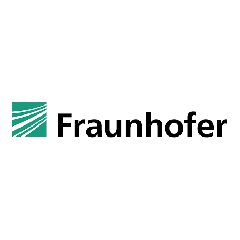Solar power is the most cost-effective form of energy worldwide, thanks to the many significant research contributions continuously made up to today. A decisive factor here is resource-saving production technology, which plays an important role along with increasing efficiency. HighLine Technology GmbH is the most recent Fraunhofer ISE spin-off company. The Freiburg-based start-up aims to commercialize a new process which was developed at the institute, whereby a contactless dispensing process is used to apply front metal contacts onto solar cells. This process not only saves resources but also increases the electricity yield and the potential for cost reductions. Applications also include production processes outside the field of photovoltaics.
The expertise behind the young company HighLine Technology is an accumulation of ten years’ research work on dispensing processes for silicon solar cell metallization at the Fraunhofer Institute for Solar Energy Systems ISE. During this period in which a multi-nozzle dispensing print head was developed, expansive knowledge was acquired on printing pastes and processes. The developed technology can easily be integrated into conventional production lines for silicon solar cells, replacing the screen printing process normally used for the front-side metal contacts. In addition, the material consumption of the costly silver is reduced by around 20%. The front-side contacts produced by the process are thinner, exposing a larger semiconductor surface to the sunlight. This increases the electricity output and thus the efficiency by approximately 1% relative. The contactless process promises a lower reject rate when using thinner silicon wafers, and the inline printing process will perspectively increase the throughput significantly as compared to the conventional screen printing process used by industry today. With the new process, it is also possible to optimize other production steps used in solar cell manufacturing.




























